The deaths of people who opened King Tutankhamun's tomb in 1922 were a mystery.
Many believed it was because of the "Pharaoh's curse." But now, scientists have discovered the real reason behind these deaths.
It was not a curse, but something biological.
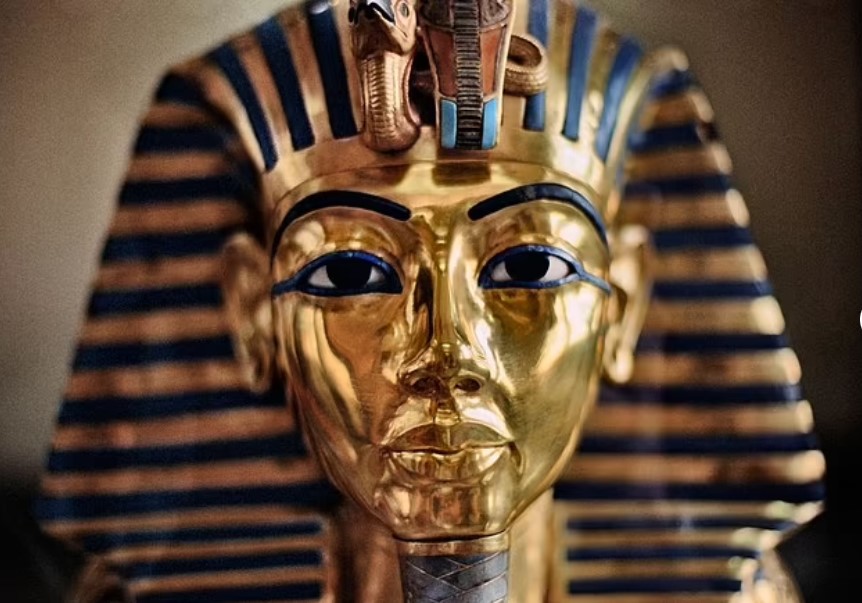
Why more than 20 people who opened King Tutankhamun's tomb were killed?
According to the study, the cause of death was connected to radiation poisoning due to natural elements and the intentional placement of toxic waste inside the sealed vaults.
The exposure to these substances, which contained uranium, could have led to various forms of cancer, including the one that claimed the life of archaeologist Howard Carter, the first person to enter the tomb over a century ago.
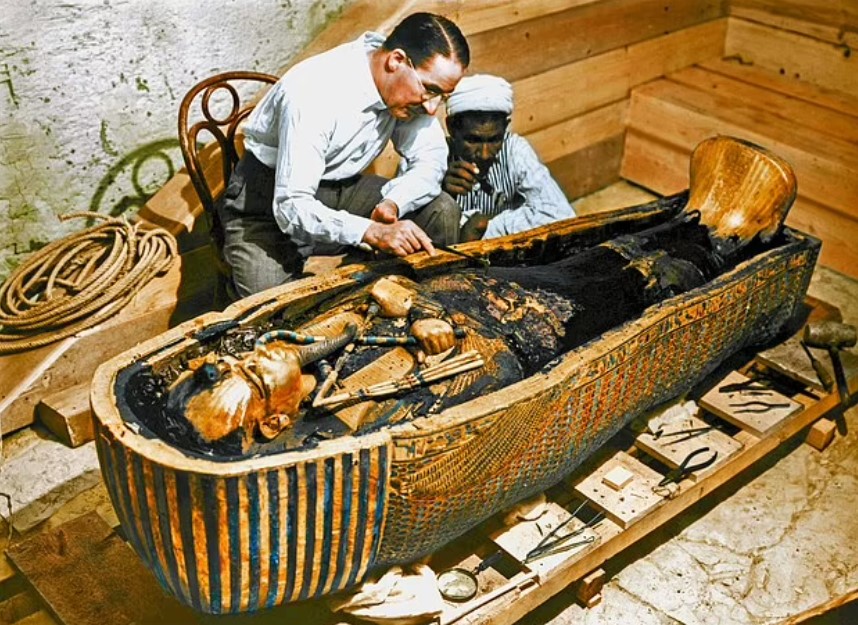
The research also highlights the inscriptions found in other Egyptian burial sites, which allude to the ancient people's awareness of the toxic nature of certain areas.
These inscriptions warned of "evil spirits" and marked certain places as "forbidden."
Scientists found high levels of radiation not just in King Tutankhamun's tomb but also in other ancient tombs across Egypt.
The study also discovered that certain stone boxes inside the tombs were major contributors to the radiation.
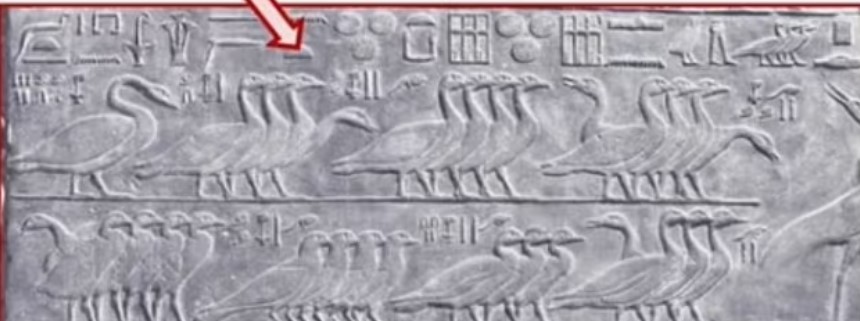
The basalt boxes in the tomb emitted high levels of radioactivity, and scientists also detected the presence of radon gas in various parts of the tomb.
Radon gas is a byproduct of uranium breaking down, and its presence further supports the idea that the deaths were caused by radiation.
Besides the radiation-related deaths, other people involved in the excavation also experienced premature deaths due to different reasons.
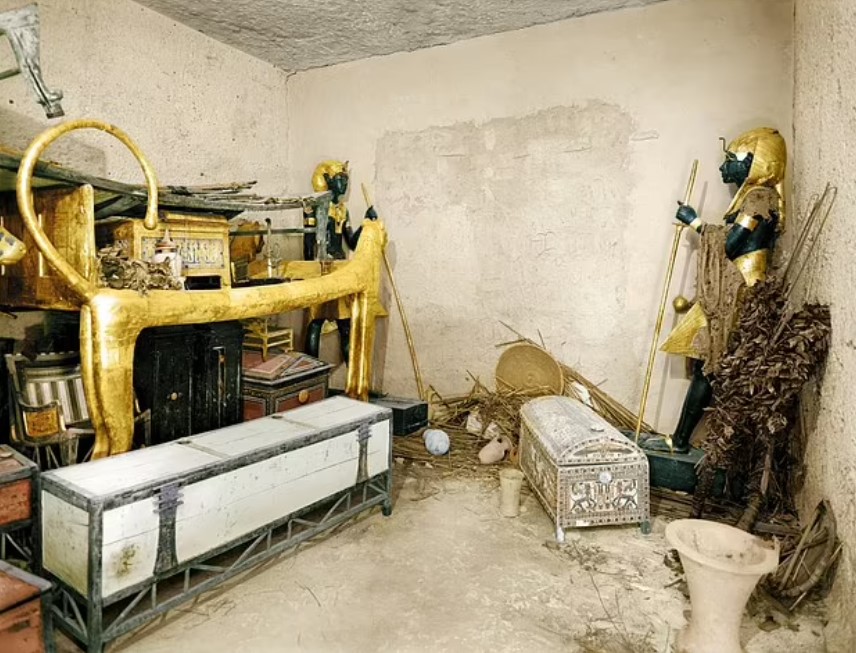
These causes included problems like difficulty breathing, stroke, diabetes, heart failure, pneumonia, poisoning, malaria, and exposure to X-rays.
These deaths were connected to the existence of harmful substances in the tombs.
Howard Carter, the archaeologist who discovered King Tutankhamun's tomb, died in 1939, likely from a heart attack caused by Hodgkin's lymphoma, a cancer associated with radiation exposure.
Carter and his team spent ten years exploring and emptying the tomb.
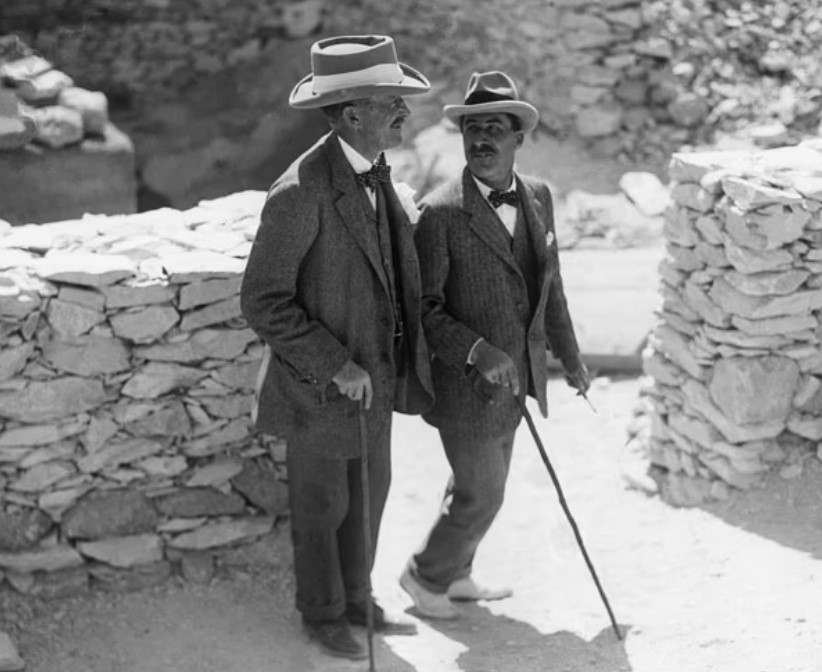
Lord Carnarvon, another expedition member, died five months after the discovery due to blood poisoning from an infected mosquito bite.
Carnarvon's dog also died suddenly.
Other people involved in the excavation died in their 50s from various causes like asphyxia, stroke, diabetes, heart failure, pneumonia, poisoning, malaria, and X-ray exposure.
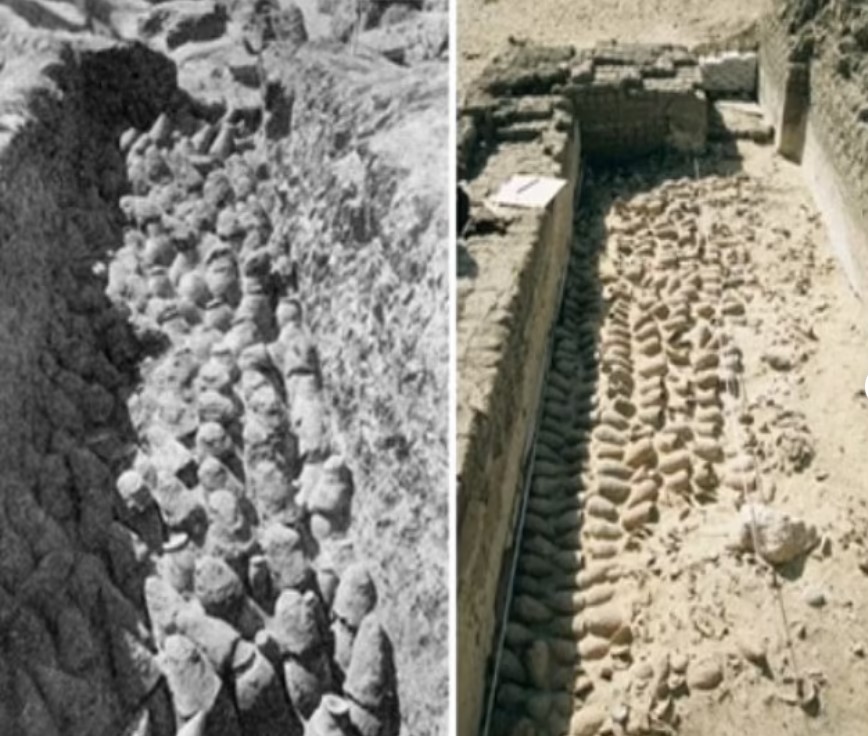
Arthur Weigall, a British Egyptologist, died of cancer at 54 and was accused of promoting the curse myth.
The tomb of King Tutankhamun is famous for its valuable treasures that were placed inside to help him in the afterlife.
There were 5,000 items in total, including special things like solid gold shoes for his funeral, statues, games, and strange animals.
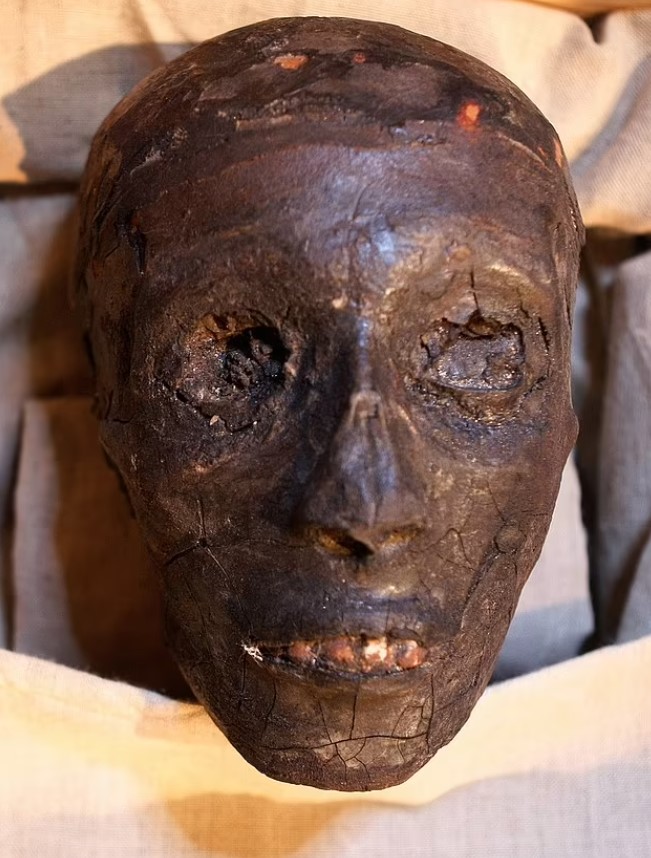
Experts have been puzzled by the small size of Tutankhamun's burial chamber because he was an important figure in Egyptian history.
Tutankhamun, a young king from the 18th dynasty, ruled Egypt between 1332 BC and 1323 BC.
He became king when he was only nine or ten years old and married his half-sister, Ankhesenpaaten.
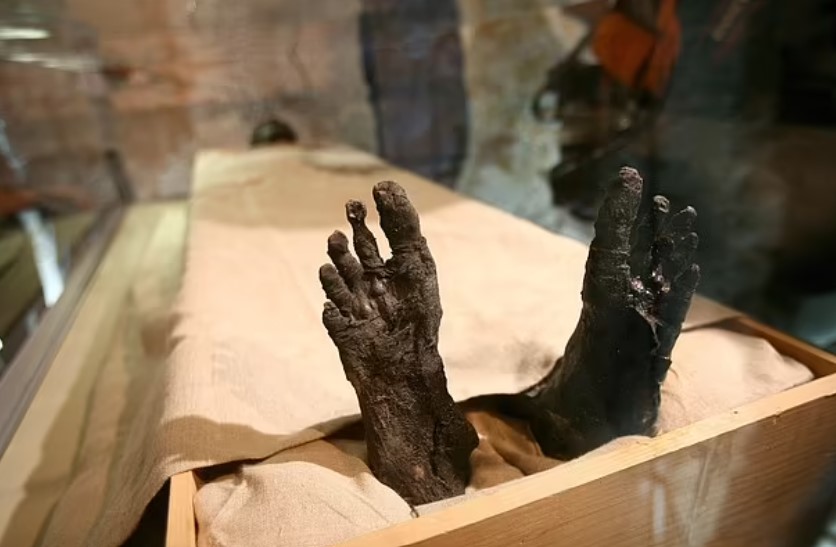
The cause of Tutankhamun's death is still unknown, but his parents being siblings likely contributed to his poor health.






